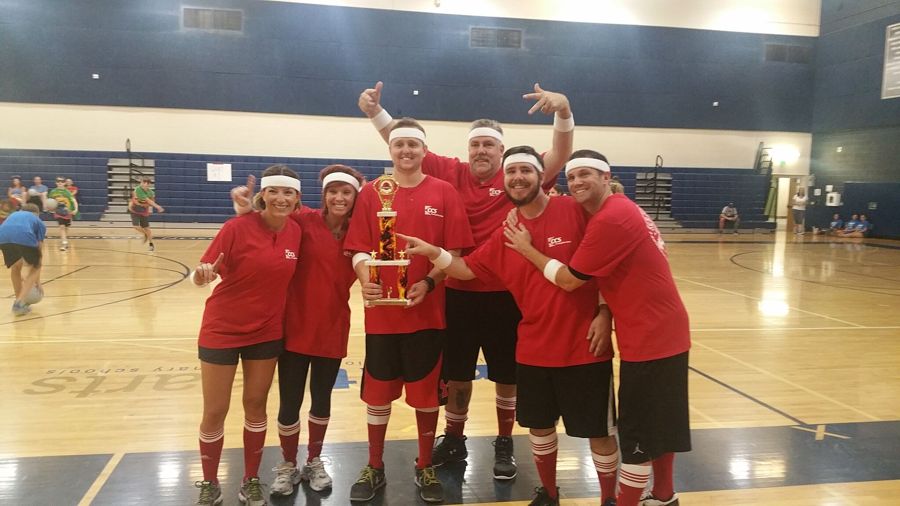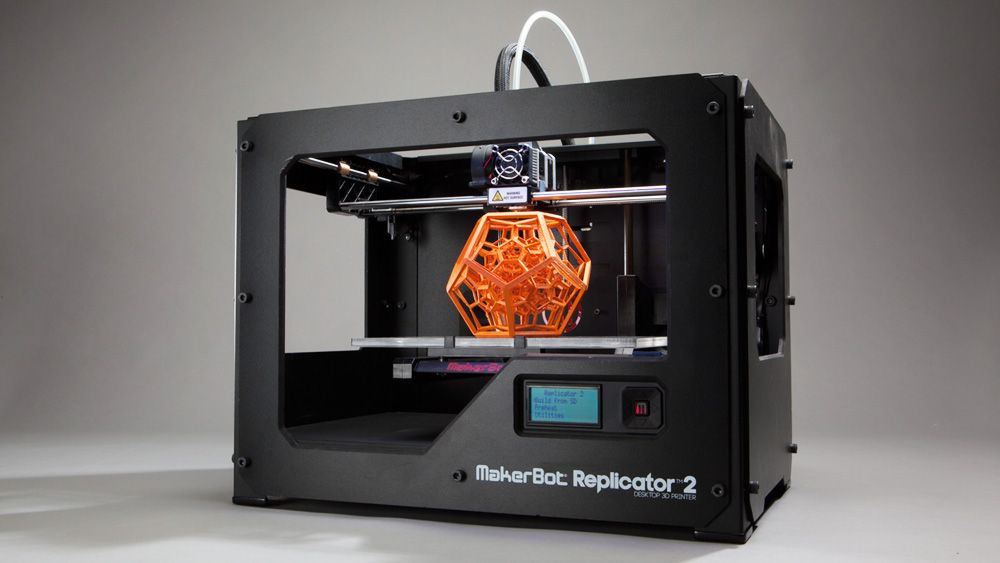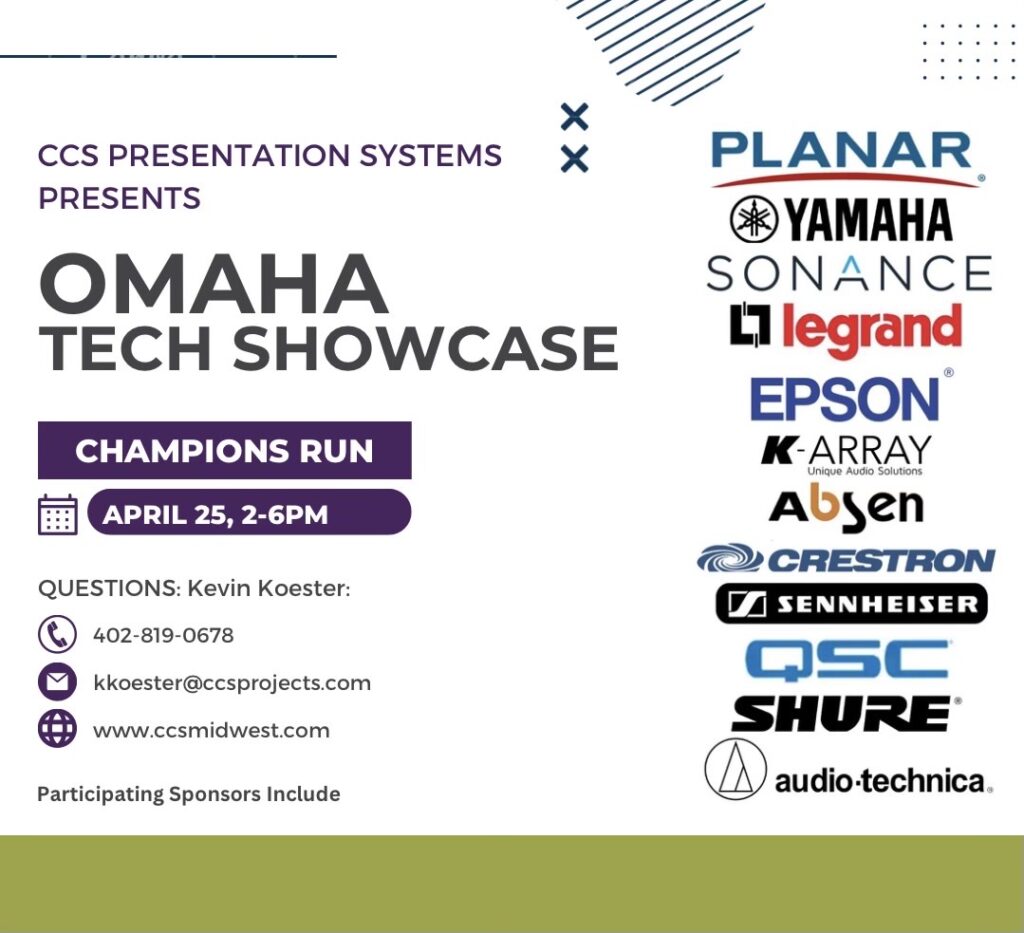CCS Presentation Systems has seen a shift in the AV technology used in higher education, particularly relating to collaboration based technology and devices used for individual study. We have adapted over time to understand that each year, the use of AV technology evolves to best interact with software advancements, and the more software grows to be truly interactive, collaborative and even 3D, the more AV hardware will evolve to deliver the ultimate user experience.
In December 2015, Jonathan Owens, CTS made predictions to AV Network on the trends we would see in our industry in 2016, especially in higher education applications. Jonathan Owens is a multi-disciplinary consultant at Shen Milsom & Wilke, LLC, a New York-based audio visual technology consulting firm. His predictions were spot on as the year has progressed and we’re coming up on the half way mark. Read more below on what has changed and what will continue to change:
The Intelligence Age
2015 continued us down the path of the Information Age. However due to the increase in capabilities within consumer devices, the way is being paved for a new Intelligence Age. This means when we can finally start doing something useful with all that data our “smart” devices have been collecting.
Sensors
This technology is currently available in many forms such as occupancy sensing, RFID, NFC, and Bluetooth beaconing. Right now many of these technologies are fads and used sparingly in select applications. I believe 2016 will show these fads finally fading, and allowing the technology to work together in ways that allow the AV systems to become part of a larger building intelligence system. Data from systems that manage room scheduling or Bluetooth beaconing to track users within a facility can tie into building lighting and HVAC systems to create a more efficient environment.
Bring Your Own Identity
BYOD (Bring Your Own Device) has been popping up all over the place within technology systems. 2016 will start to see useful implementations of the BYOI (Bring Your Own Identity) model. BYOI works by authenticating a user inside the enterprise network by their trusted identity. This can be bound to a mobile device or RFID card, but eventually will evolve into an identity within the cloud based infrastructure. This will allow users to show up to a meeting with their identity, without needed extraneous devices. My content, applications, preference, etc. are associated with my identity that I can use to access systems allowed to me. This will become more common as AV/IT converges even further; eliminating the need to bring a mobile device and download an app in order to present and collaborate with the room systems. It pushes the user-cumbersome tasks into the background and allows for a seamless and intelligent user-experience.
UCC Bridging and True Collaboration
The last major trend the intelligence age will bring is the convergence of unified communications and collaboration platforms. Many players have been coming to market with wireless collaboration technologies and UCC bridging software. The user of the future is going to want to be automatically identified and authenticated into the system, then be given the option to connect to a conference in the manner they choose regardless of the host platform. Right now this is partially possible but it requires multiple pieces of software, and even then the full user experience is not there. With the way these technologies have been advancing, I am hopeful that 2016 will bring some major improvements that will change the way AV/IT behaves in shaping the ultimate experience.
Not all classroom environments need the latest and greatest technology to be fully functional and serve their purpose. Some might just need the ability to mirror a tablet, while others may need a revamp of the network and technology within. So while it’s tempting to want to design a system around the best technology on the market, we need to take a step back and design solutions around the most important aspect that ultimately defines the success of a system: the end user.
Contact the CCS corporate office to schedule a project walk: jsolomon@ccsprojects.com






